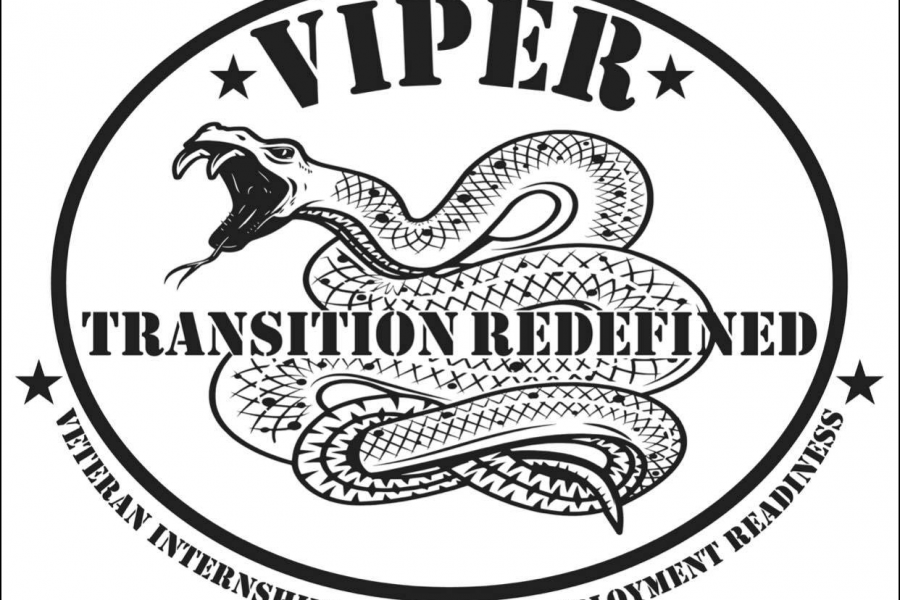An organization combating veteran suicide will march 22 miles on July 4 near Joint Base Elmendorf-Richardson, Alaska, to raise awareness on the number of veterans who kill themselves each day.
Kyle Kaiser and Gary Olson started Veteran Internships Providing Employment Readiness a year ago. VIPER helps connect veterans with internships and job training that leads to assured employment after being discharged.
Veterans that were E-6 or lower and who make less than $30,000 per year are the most likely demographic to kill themselves, Kaiser said.
“Our goal is to prevent suicide by moving people out of that group through job training and employment,” Kaiser.
VIPER starts working with veterans in their last 180 days of Active-duty service. When preparing to discharge, service members can contact VIPER to discuss where they want to work, and what job they want to do.
VIPER then goes through unions or trade organizations such as North America’s Building Trades Unions or the International Brotherhood of Electrical Workers to find an employer for the service member. After a job is lined up, training takes place before the veteran is discharged.
Rather than providing skill training themselves, VIPER connects veterans with established trade schools. “We’re not trying to reinvent the wheel,” said Mark Sayampanthan, another member of VIPER’s leadership. “We’re putting axels on stuff, so it all goes in the same direction.”
Kaiser said many programs train people first and then support someone in a job search. VIPER starts with having a company sign a contract with someone, and then tailoring the training to a veteran’s future job, Kaiser said.
The commitment ensures there’s no lag between a veteran discharging and having gainful employment. “The employer knows what they’re getting on the backside of it. And there’s no guessing, there’s no being in limbo,” Kaiser said.
VIPER doesn’t run training programs itself. Instead, it connects veterans with established training centers near someone in the program.
Kaiser and Sayampanthan, who live in Alaska, used the state as a template for building the VIPER program, they said. The state’s high percentage of veterans and a relatively small population makes it easy to connect people in the program with employers, Kaiser said.
Some companies have built a close relationship with VIPER beyond hiring veterans, Kaiser said.
“Milwaukee Tools sponsors the electrician’s classes we put on,” Kaiser said. And when the graduate is done, they give them a bag of all the tools they could ever need.”
Kaiser said. He hoped to build similar partnerships with large defense contractors like Boeing or Lockheed Martin.
Currently, everyone on the VIPER team still has day jobs since there isn’t enough funding to work for the program full time, Kaiser said. VIPER is free and does not use a GI Bill. It gets funding mainly from donations.
Kaiser expected it would take about $2 million to build VIPER big enough to transition full time. “I’m hoping within the next year that we’re all full time doing this,” he said.
Editor’s Note: This story was updated on July 13 to correct the names of the organization’s founders.

